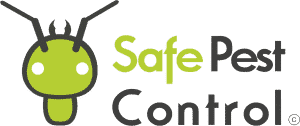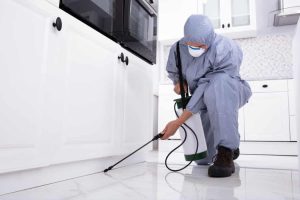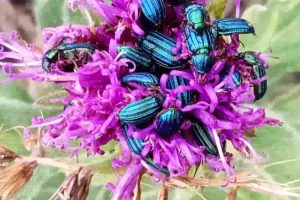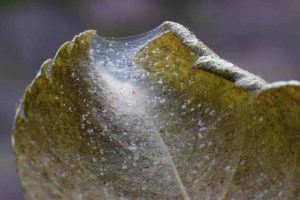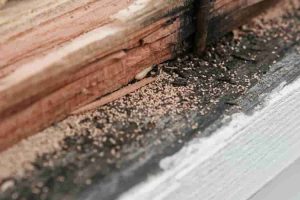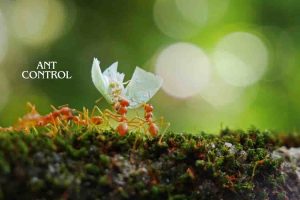Discovering a rodent infestation in our homes can be unsettling. Beyond the immediate concern of eliminating the pests themselves, such as mice or rats, we are left with the task of addressing the aftermath. It’s crucial to ensure that the cleaning process is thorough, for the health and safety of all occupants. Rodents can carry diseases and leave behind droppings, urine, and nesting materials, which require careful disinfection.
In tackling the cleanup, we must prioritize safety to avoid any potential health risks associated with the remnants of an infestation. We don protective gloves and masks to minimize direct contact with harmful bacteria that may linger in the contaminated areas. The key is to avoid stirring up dust that could carry pathogens into the air we breathe.
Our approach to cleaning should include proper disinfection. Surfaces where rodents may have traveled or nested need special attention. Hard surfaces, fabrics, and belongings within the affected zone all need to be cleaned and sanitized effectively. It’s not just a matter of appearance or odor; it’s a matter of health. We take these precautions seriously to ensure our homes are not only rodent-free but also safe and clean for living after an infestation.
Understanding Rodent Infestations
Rodent infestations are a common nuisance that we may encounter in our homes. They can take residence in various places such as attics, basements, garages, cabinets, drawers, and crawlspaces. A telltale sign of an infestation includes droppings, gnaw marks, and odd noises within walls.
- Mouse infestation and rat infestation are among the most prevalent types of rodent problems. Mice can enter through openings as small as a dime, whereas rats can squeeze through a quarter-sized hole.
- Rodents are not just a pesky inconvenience; they pose substantial health risks. They can carry diseases such as hantavirus, salmonella, and other rodent-borne diseases.
Hantavirus Pulmonary Syndrome (HPS) is a severe respiratory disease potentially caused by exposure to rodent droppings, especially in enclosed settings like attics or basements. Its early symptoms can be confused with influenza but can quickly progress to severe breathing difficulties.
Other bacterial and viral infections can stem from rodents, such as those caused by salmonella. This bacteria is often spread through contaminated food sources, a common issue when rodents gain access to our kitchens and pantries.
Here’s a basic categorization of risk areas and associated problems:
| Area | Risks |
|---|---|
| Attics | Nesting, droppings, HPS |
| Basements | Moisture, nesting, diseases |
| Garages | Shelter, access to food |
| Cabinets/Drawers | Contamination of utensils |
| Crawlspaces | Damage to insulation, wiring |
We must take these infestations seriously due to the potential health risks and address them immediately to avoid the spread of diseases and further damage to our homes.
Safety Precautions and Preparation
Before we begin the cleanup after a rodent infestation, we must prioritize our safety. This includes equipping ourselves with the appropriate personal protective equipment, preparing the necessary tools and materials, and setting up the area for safe and efficient cleaning.
Personal Protective Equipment
Gloves: We will use nonabsorbent gloves, such as nitrile or latex, to protect our hands from contact with hazardous substances.
Protective Clothing: It is essential to wear long-sleeved shirts and long pants or disposable coveralls to avoid exposure to any contaminants.
Mask: A dust mask or preferably an N95 respirator is important to avoid inhaling dust and droppings that may carry pathogens.
Goggles: To shield our eyes, protective goggles are necessary in case of any splashes or disturbed particles.
Tools and Materials
- Disinfectants: We’ll prepare a bleach solution or use commercial disinfectants to sanitize the affected areas.
- Plastic Bags: Double-bagging any waste in plastic bags prevents the spread of contaminants.
- Spray Bottle: A spray bottle is needed for applying disinfectants without creating dust.
- Paper Towels or Disposable Rags: These will be used in combination with disinfectants for cleaning surfaces.
Pre-Cleanup Preparations
- Ventilation: We’ll ensure there is ample fresh air by opening windows and using fans to reduce airborne particles while cleaning.
- Evacuation of Non-Cleaners: Anyone not involved in the cleanup process should leave the area to limit exposure.
- Avoiding Sweeping or Vacuuming: To prevent aerosolizing hazardous particles, we will not sweep or vacuum the area until after it’s been thoroughly disinfected.
Cleanup Procedures
Before we embark on the specifics of the cleanup process after rodent infestation, it’s imperative to understand that proper decontamination, safe handling of waste, and correct disposal methods are crucial to restoring safety.
Decontaminating Surfaces
When we’re dealing with surfaces that rodents may have encountered, it’s vital to thoroughly disinfect these areas to prevent the spread of disease. For non-porous surfaces such as countertops and floors, we’ll use a disinfectant solution or a bleach solution comprised of 1 part bleach to 9 parts water. Surfaces should be left wet with the solution for at least 5 minutes before wiping.
For soft materials such as carpets, upholstery, and bedding, we’ll apply suitable disinfectants that are designed to work on these materials. If possible, we also recommend laundering these items with hot water and laundry detergent to sanitize further.
Handling Rodent Droppings and Waste
We must be meticulous when cleaning up any rodent droppings or waste. Always wear gloves, and consider a mask to prevent inhalation of harmful particles. We avoid vacuuming or sweeping dry areas initially as this can aerosolize dangerous pathogens. Instead, we’ll dampen mouse droppings and rat droppings with a commercial disinfectant or the previously mentioned bleach solution to mitigate the risk of airborne contamination. After the waste is soaked, it can be wiped up with paper towels and disposed of safely.
Disposing of Contaminated Materials
After cleaning, the contaminated materials, like paper towels or any absorbent materials used in the cleaning process, should be placed in a sealed plastic bag. We then deposit this bag in a covered trash can to be taken out with regular waste. It is important that we wash our hands thoroughly with soap and water following the disposal to ensure no contaminants are left behind.
Post-Cleanup Strategies
After addressing the immediate aftermath of a rodent infestation, it’s crucial to implement strategies that prevent future occurrences. By proactively monitoring and reinforcing our defenses, we can sustain a rodent-free environment.
Preventing Future Infestations
We recognize the importance of eliminating all potential attractions for rodents. Our preventive measures involve a thorough inspection of our premises to identify any entry points that rodents could use to gain access. We ensure that these are sealed with appropriate materials to prevent re-entry. Maintaining cleanliness is also vital; we must store food in sealed containers and dispose of waste promptly and securely. Areas like attics and storage areas, particularly those with cardboard boxes and insulation fibers, should be kept orderly and inspected regularly to dissuade nesting.
Materials and areas to focus on:
- Entry Points: Check for gaps or cracks; seal them with steel wool, caulk, or cement.
- Food Sources: Store food in robust, sealed containers.
- Storage Areas & Attics: Regularly declutter and inspect for signs of nesting.
Monitoring for Signs of Rodents
Vigilant monitoring is our second defense line. We recommend setting up snap traps in strategic locations as a way to intercept any new intruders. Regularly check for gnaw marks, droppings, and other signs of rodent activity. Pest control professionals can assist in identifying subtle signs of a re-emerging problem and can offer custom solutions for our unique needs. We keep an eye out for telltale signs and respond immediately if we detect a potential issue.
Key aspects to monitor:
- Gnaw Marks & Droppings: Indicators of rodent presence.
- Snap Traps: Early detection of new rodents.
- Pest Control Services: Professional rodent control can provide ongoing monitoring and assistance.
On-Time Service

5 STAR SERVICE BASED ON 100+ GOOGLE REVIEWS
PET & FAMILY FRIENDLY TREATMENT
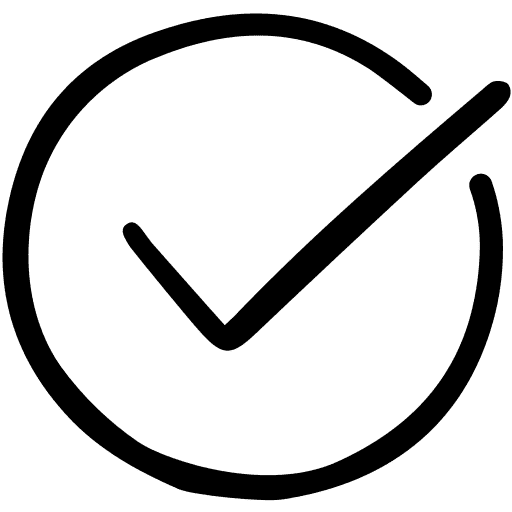
ALL YEAR-ROUND PROTECTION
Take Back Control Now
8
REASON TO CHOOSE SAFE PEST CONTROL
- Guarantee protection all year-round
- 30 Years Collective Experience
- An impeccable reputation across Sydney's Suburbs
- Certified treatments & written Warranty On all work carried out
- Family Owned & Operated
- Rated #1 Pest Control In Sydney NSW
- No Mess, No Smell
- Family & Pet Friendly Treatments
REQUEST A QUOTE
